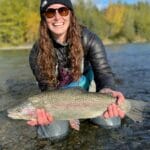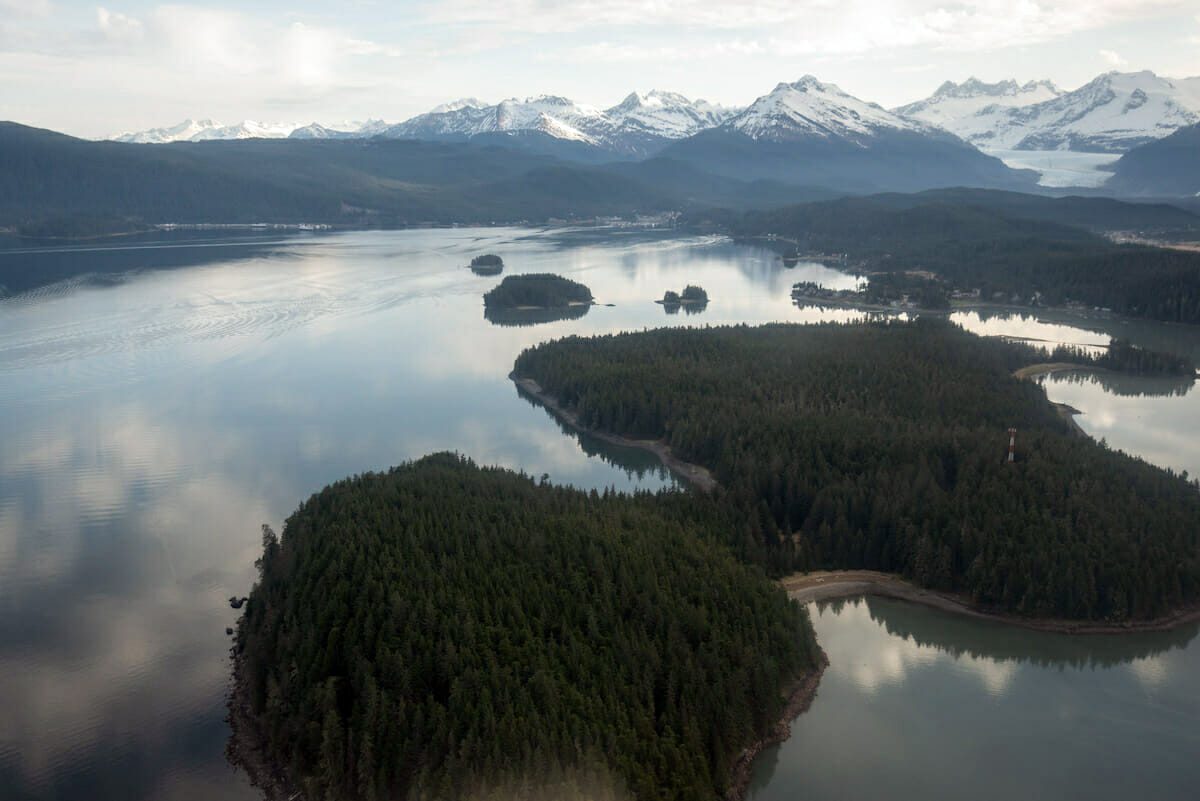Southeast Alaska’s Tongass National Forest is a special place for a multitude of reasons. At nearly 17 million acres, it is our country’s largest and most unique national forest. The Tongass’ snow-capped mountains, dense old-growth forests, misty islands, deep fjords, and soggy muskegs are all part of the largest intact temperate rainforest in the world.
The forest has long been plagued by destructive, clear-cut logging. In 2001, the United States Department of Agriculture created a national Roadless Rule that prohibited commercial logging and new logging roads on 9.2 million acres of inventoried roadless areas in the Tongass. Those protections were repealed in October 2020. We now have the opportunity to restore roadless protections on the forest, but we need your help. The Forest Service is taking comments on their plan to restore roadless protections and it wants to hear from you.
The Tongass deserves these protections for so many reasons. Here are 10 reasons why you should act now:
- The Tongass is part of the largest intact temperate rainforest on the planet! Let’s keep it that way.
- The Tongass is a wild salmon producing powerhouse; it contains over 5 thousand salmon streams that support all five species of Pacific salmon. The salmon spawned and reared in the forest represent approximately 70 percent of all wild salmon harvested from our national forests, roughly 24 percent of Alaska’s overall salmon catch, and about 30 percent of the salmon caught on the West Coast of the United States.
- It is one the last places steelhead still thrive. Across the western United States, 11 species of steelhead are protected under the Endangered Species Act. The Tongass supports healthy populations in over 300 streams in the forest and is suspected that they actually occupy many more streams.
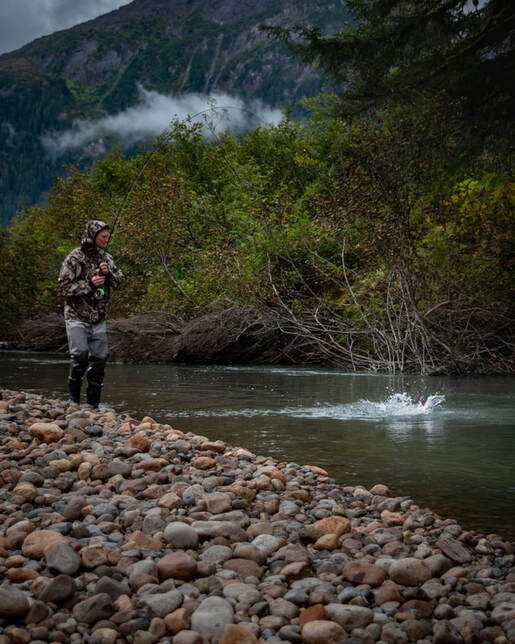
- It is a sportfishing paradise. More than 100,00 recreational anglers fish these waters annually. They come in pursuit of the forest’s plentiful salmon, steelhead, coastal cutthroat trout, and Dolly Varden.
- The Tongass is a strong line of defense against climate change. The amount of carbon stored in trees of the Tongass National Forest – if left standing – is equal to the yearly CO2 emissions of over 421 million vehicles. Every 10 acres of old growth forest in the Tongass counterbalance the yearly carbon footprint of 1 American and there are more than nine million acres of old growth forest.
- The Tongass hosts the highest density of brown bears in North America as well as healthy numbers of animals as diverse as Bald eagles, Sitka black-tailed deer, humpback whales, porpoises, seals, sea otters, wolves, sandhill cranes, hummingbirds and many other species. Admiralty Island – also called Kootznoowoo or “Fortress of the Bears” in Tlingit– is home to more brown bears than all of those in the Lower 48 combined.
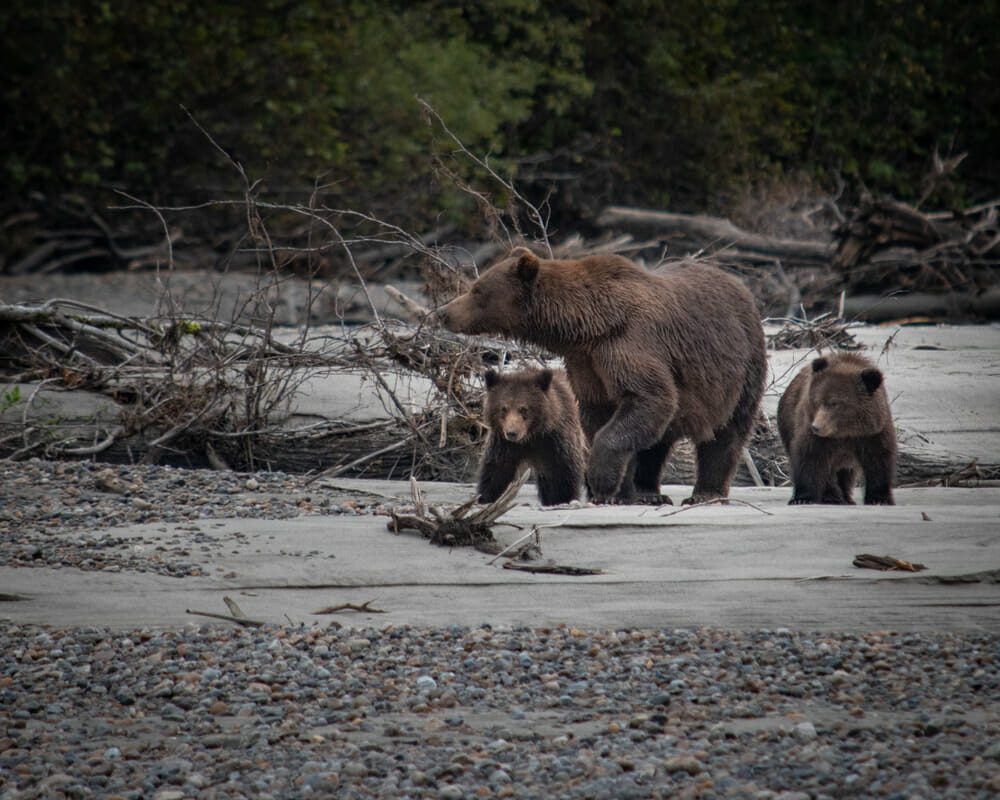
- The Tongass is home to the highest nesting density of bald eagles in the world, with some 7000 adult eagles inhabiting the Tongass year-round and another 5000+ non-breeding and juvenile eagles migrating south to Washington and Oregon for the winter. There are over 275 bird species utilize the watersheds and coastlines of the Tongass National Forest.
- A healthy forest supports 26 percent of the regions jobs and contribute $2 billion to the local economy annually through fishing and tourism industries.
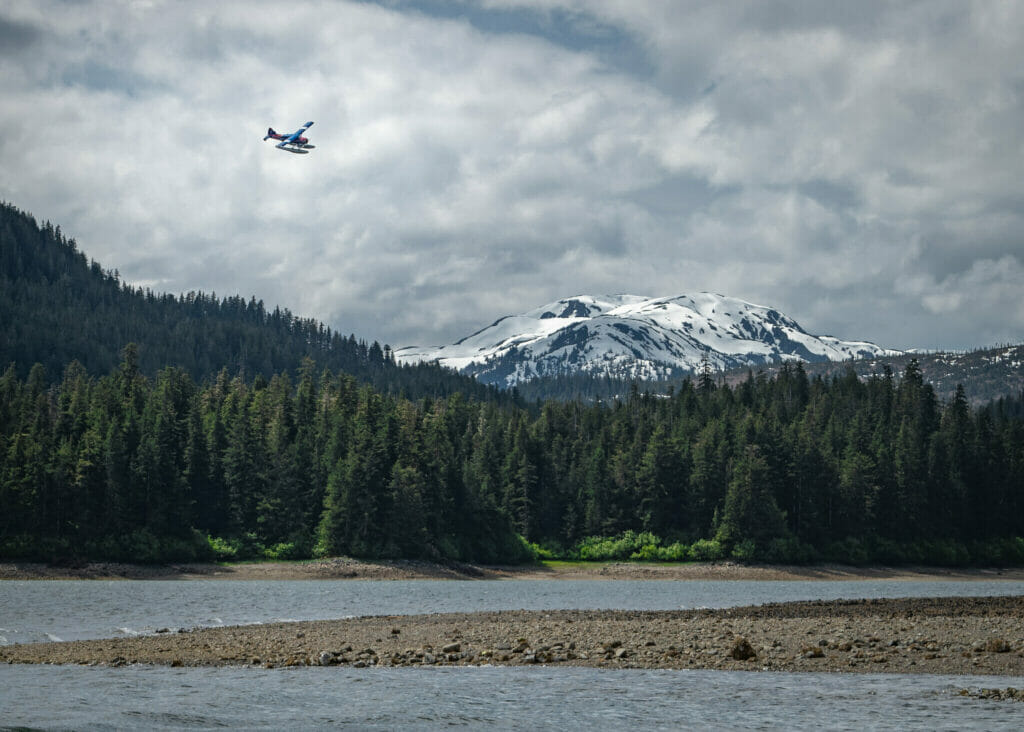
- The Tongass is home to the Tlingit, Haida, and Tsimshian Tribes who have lived off the rich natural bounty of the land for 10,000 years. The tribes rely on the forest and its fish and wildlife to support their cultural and subsistence ways of life.
- Over 80 percent of Southeast Alaska’s rural residents rely on subsistence hunting, fishing or gathering for dietary and cultural purposes and nearly 90 percent of rural households in the region rely on salmon as a food source.
Despite all these incredible facts and figures, the Tongass is one of the last places in the U.S. where industrial clear-cut logging still occurs. Let’s end this destructive practice today. Tell the Forest Service you want roadless protections restored on the forest.
Photos by Sam Roche


